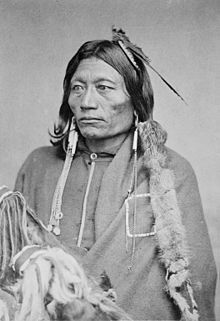By using our website, you agree to the use of cookies as described in our Cookie Policy
Taming the Savage Apache Followers of Geronimo .

The Apache way of life has undergone a profound change. Once fierce warriors, they have embraced a path of peace and civilization. Gone are the traditional blankets and moccasins, replaced by the attire of white traders—store-bought clothes and sturdy brogans. In this transformation, the Apaches have also become farmers, tilling the soil. Their children, once captives of war, now receive education in Indian schools, making them the only prisoners of war in the entire United States.
Among all the Native American tribes, the Apaches were notorious for their bloodthirstiness and cruelty. Their brutal frontier attacks horrified the world a quarter of a century ago. Until the capture by Miles and Lawton, they terrorized the entire border, even extending their warfare into Mexico.
In 1876, due to complaints from the Mexican government about Geronimo and his Apache followers raiding Sonora, the United States relocated the Apaches from their reservation to San Carlos, Arizona. However, Geronimo and his band of half-naked warriors repeatedly fled back to Mexico, leading to their return to San Carlos. In 1882, Geronimo resumed hostilities, raiding Sonora once more. He and his band were later cornered in the Sierra Madre mountains by U.S. troops under George H. Crook.
The Apaches' cruelty was legendary; they often tortured for sheer sadistic pleasure. Even young Apache boys took delight in tearing apart live birds, mice, or any game they captured. As they grew into men, their viciousness intensified, terrorizing the entire region. Settlers were mercilessly murdered, ranches burned, and men, women, and children slaughtered and scalped. In gruesome acts, they would strip prisoners, bury them near ant hills to be consumed by ants, and carry out other unspeakable atrocities.
John Joy Sr., a determined pioneer, dedicated his life to avenging the brutal murder of his wife and daughter by Comanches. He pursued the Indians relentlessly, becoming an expert in Indian woodcraft. His reputation as an avenging Nemesis grew, and he was known to camp alone in the wilderness, always ready to defend himself with his trusty rifle.
In 1872, tragedy struck again when Mrs. Hazlewood's husband, Peter Hazlewood, was killed during an Indian raid. She married again and eventually settled in Ingram, Kerr County.
The Taylor and McDonald ranch, established near Harper, Texas, was a testament to the resilience and determination of these pioneers. The settlers' clothing was handmade or obtained through trade, reflecting the harsh conditions they faced.
Mrs. Hannah Taylor, after surviving captivity, felt a divine calling to become a preacher in the Methodist circuit. Her fervent sermons were filled with shouts of praise for her deliverance.
Matthew Taylor, her husband and a Methodist circuit rider, bore witness to the changing Texas frontier and the challenges faced by pioneers. They found strength in faith, family, and their unwavering determination to build a new life in the Texas wilderness.
In these trying times, spinning wheels, weaving blades, and warping bars were essential tools in every frontier household, enabling them to create their own clothing and adapt to their ever-changing surroundings.
‹ Back





Comments